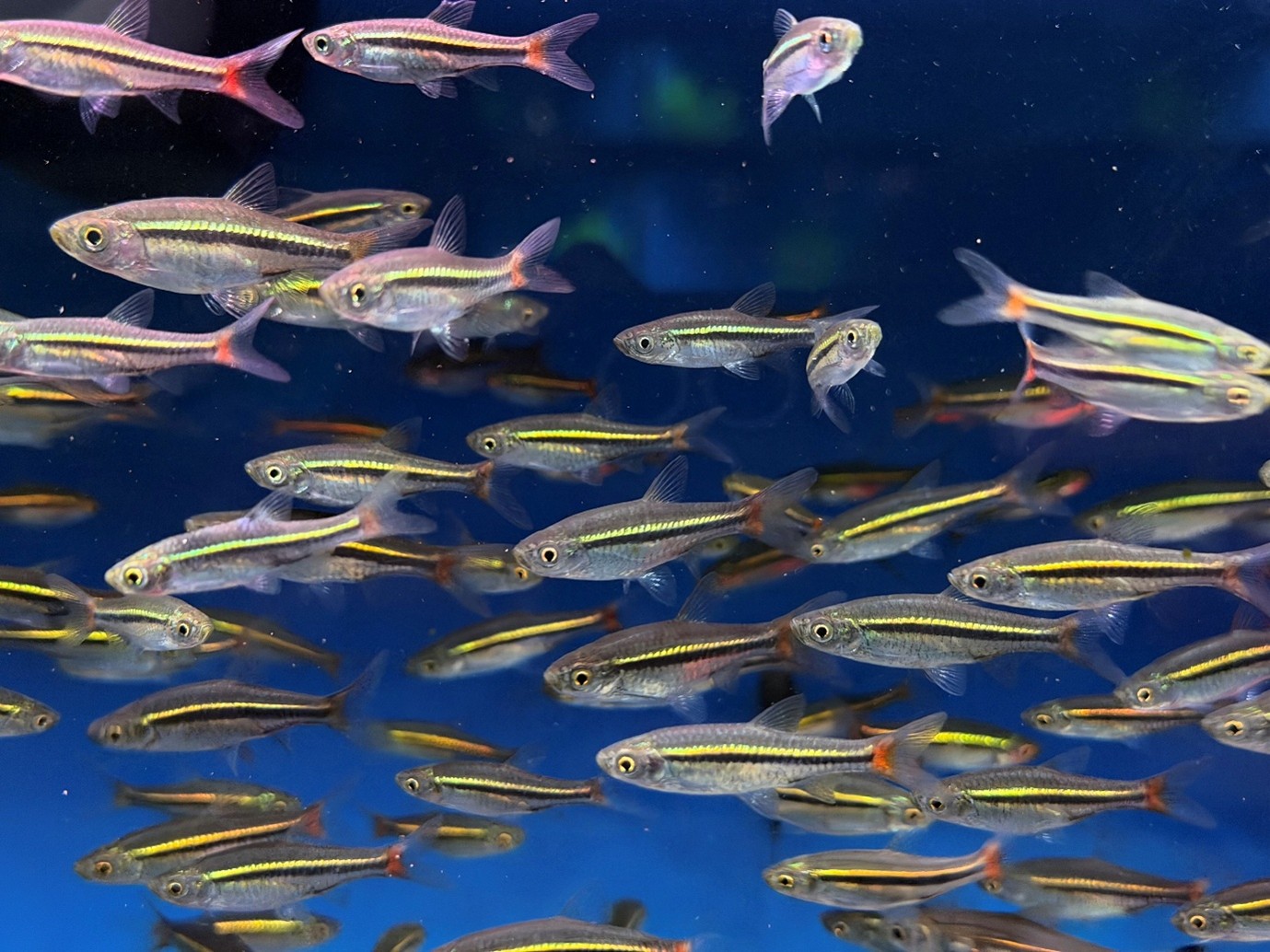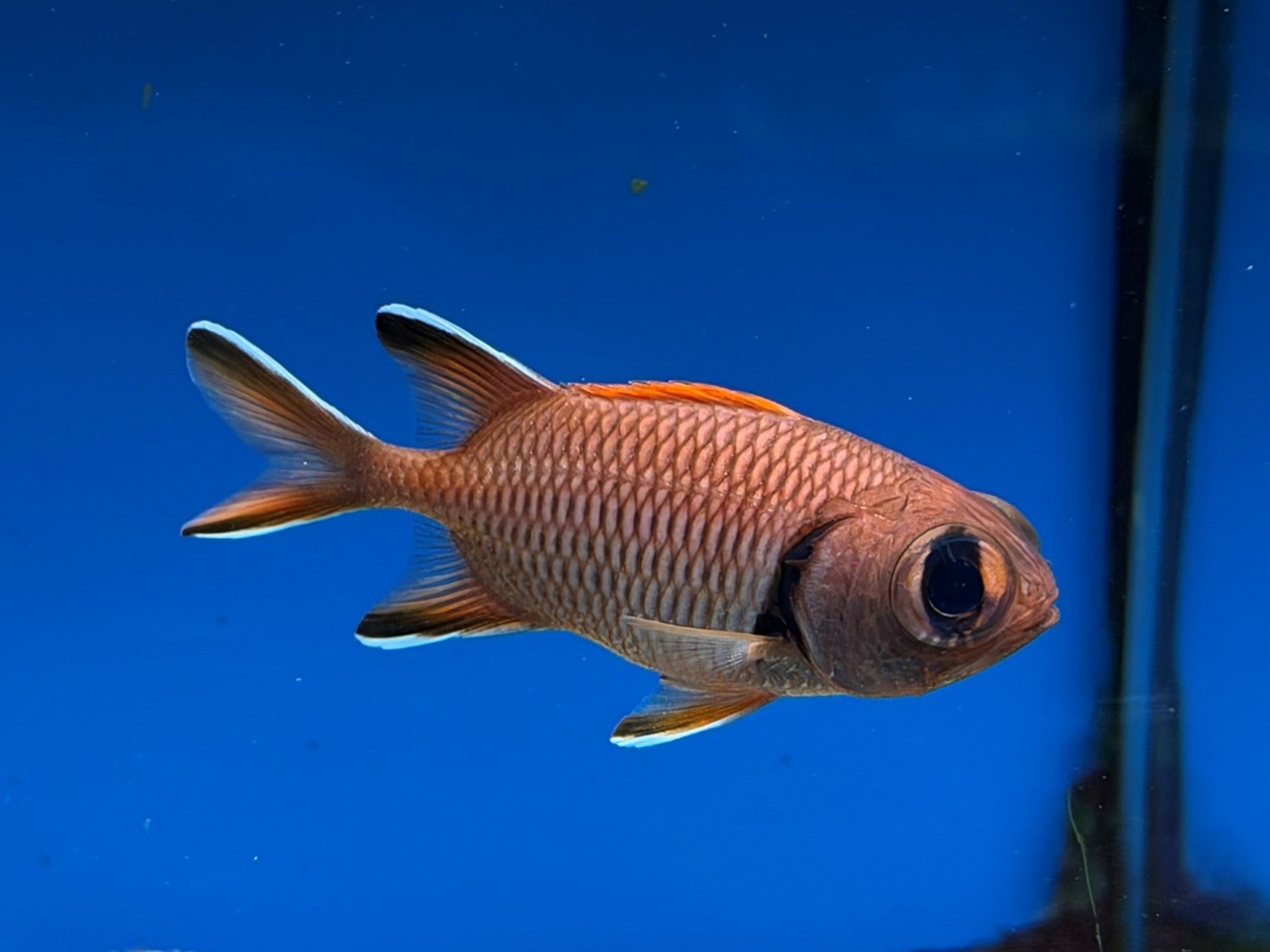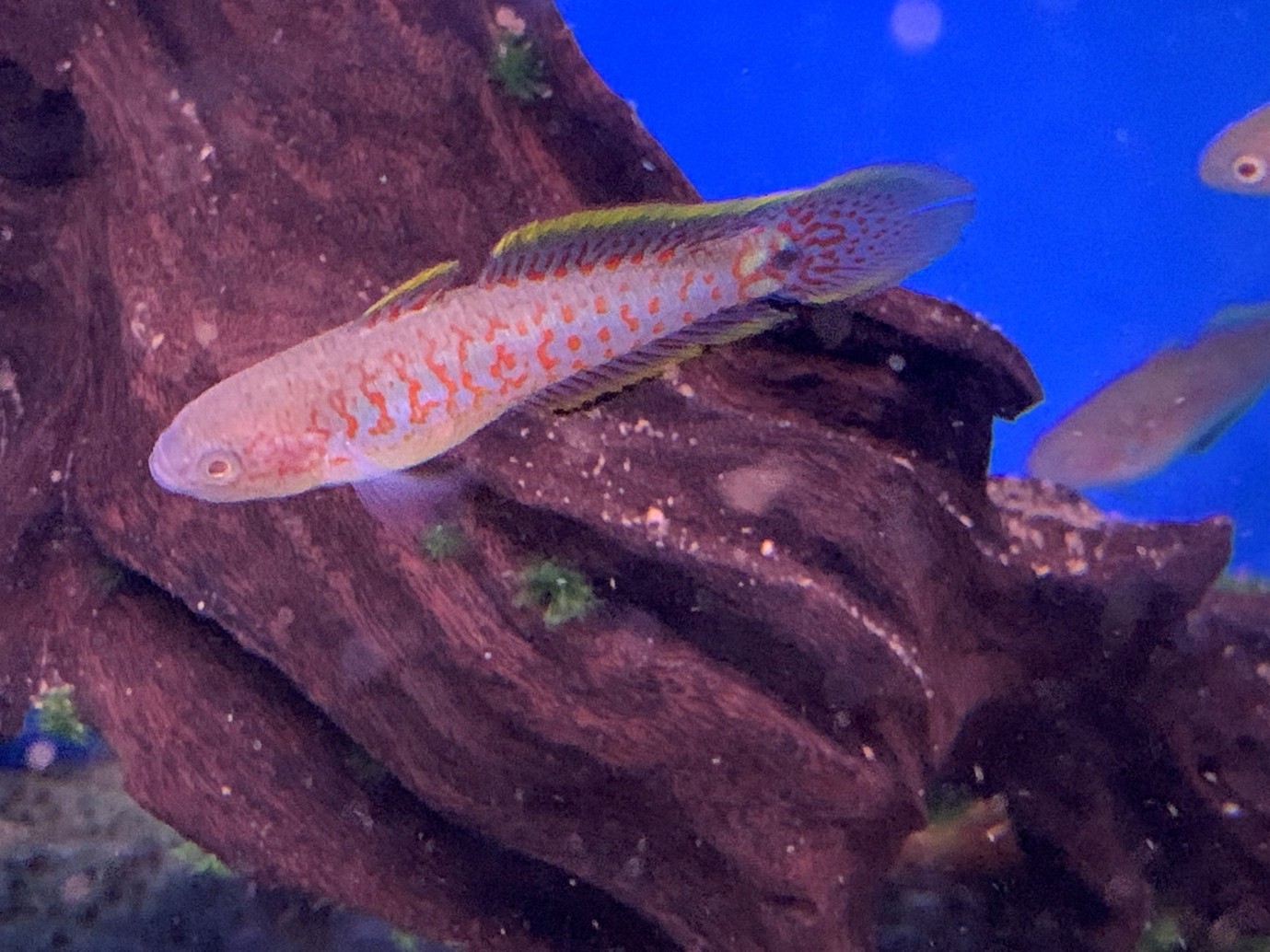What's in store - November 2025

The Asian equivalent of tetras, rasboras are easily overlooked but a terrific choice for either community or biotope aquaria. These Red-tailed rasbora (Rasbora borapetensis) have had a low-key presence in the hobby for decades but seldom get the chance to shine. Like many fish that have glowing colours, these are most vibrant in a tank with moderate lighting and a substrate that isn’t too light. These were looking great at our Thornbury store.
https://www.fishkeeper.co.uk/fish/freshwater/cyprinids/red-tailed-rasbora

A growing number of popular pet fish don’t come from the wild. Having been developed in aquaria, these fishes are bred to be pets and know what’s expected of them. Originating as a hybrid of some particularly savage Central American cichlids, the Flowerhorn is a rough diamond which takes a keen interest in their owner and is always ready to interact. Best suited to solitary living in a large tank, these are proper pet fish and will be very rewarding when given plenty of attention and enrichment. This little thug was looking good at our Basingstoke branch.
https://www.fishkeeper.co.uk/fish/freshwater/cichlids/flowerhorn-cichlid

Red marine fish are less frequently seen than many other colours and looking at their environment, it’s easy to see why. As seawater filters out red light rapidly, it seems that red is a good colour for species that don’t want to be seen during the day – like the nocturnal Soldierfishes (Myripristes spp.) which appear dusky at depth where blue light is the norm. Quite why they’re not just grey or brown in the first place is an interesting question, but the fact remains that these big-eyed beauties are a good choice for a marine aquarium with plenty of rocky overhangs and no small tankmates. Although they’ll devour crustaceans and small fishes under the cover of darkness, they’re happy to provide a night shift in tanks containing corals. This one was part of a group at Reefkeeper Moss End.

Joining the ranks of a few species which are now bred into aquarium forms despite rather mysterious origins, the Super white cracked zebra plec L236 (Hypancistrus seideli) is possibly a hybrid, with some confusion over where the original wild ancestors were collected. Regardless of this, it makes a great aquarium fish for those enthusiasts who like their pets to be a little elusive. Like most Hypancistrus, these are fish that thrive in rather warm, oxygen rich fast-flowing conditions where plenty of caves are available for shelter and spawning. They may be plecs, but they don’t eat algae and appreciate a more protein-rich diet. These were looking rather extra at our Ashford branch.

With colours that would suit a killifish and abundant character, the Peacock gudgeon (Tateurndina ocellicauda) is a little goby that can live alongside most community fish. Males claim a cave from which to court females and raise a family and these drives kick in fairly early on. This batch at Mere Park have yet to fully develop their adult colouration but already young males are trying to defend promising caves. As with many fish, this is one that often tends to mooch about in the lower layers of the tank but the closer you look at them, the better they get.
https://www.fishkeeper.co.uk/fish/freshwater/miscellaneous/peacock-gudgeon


